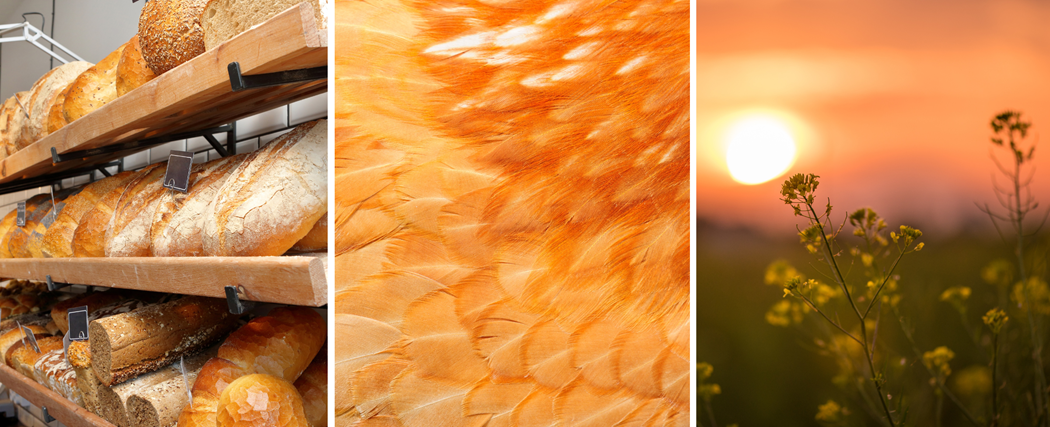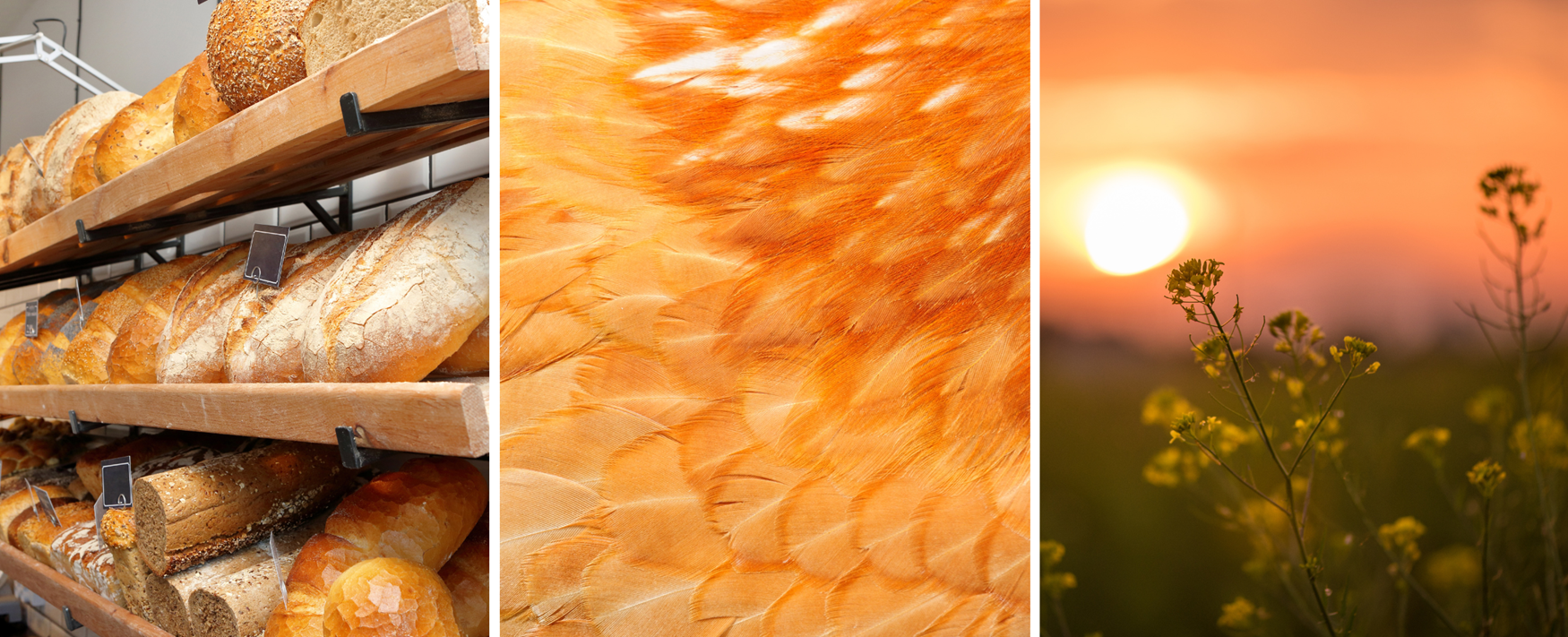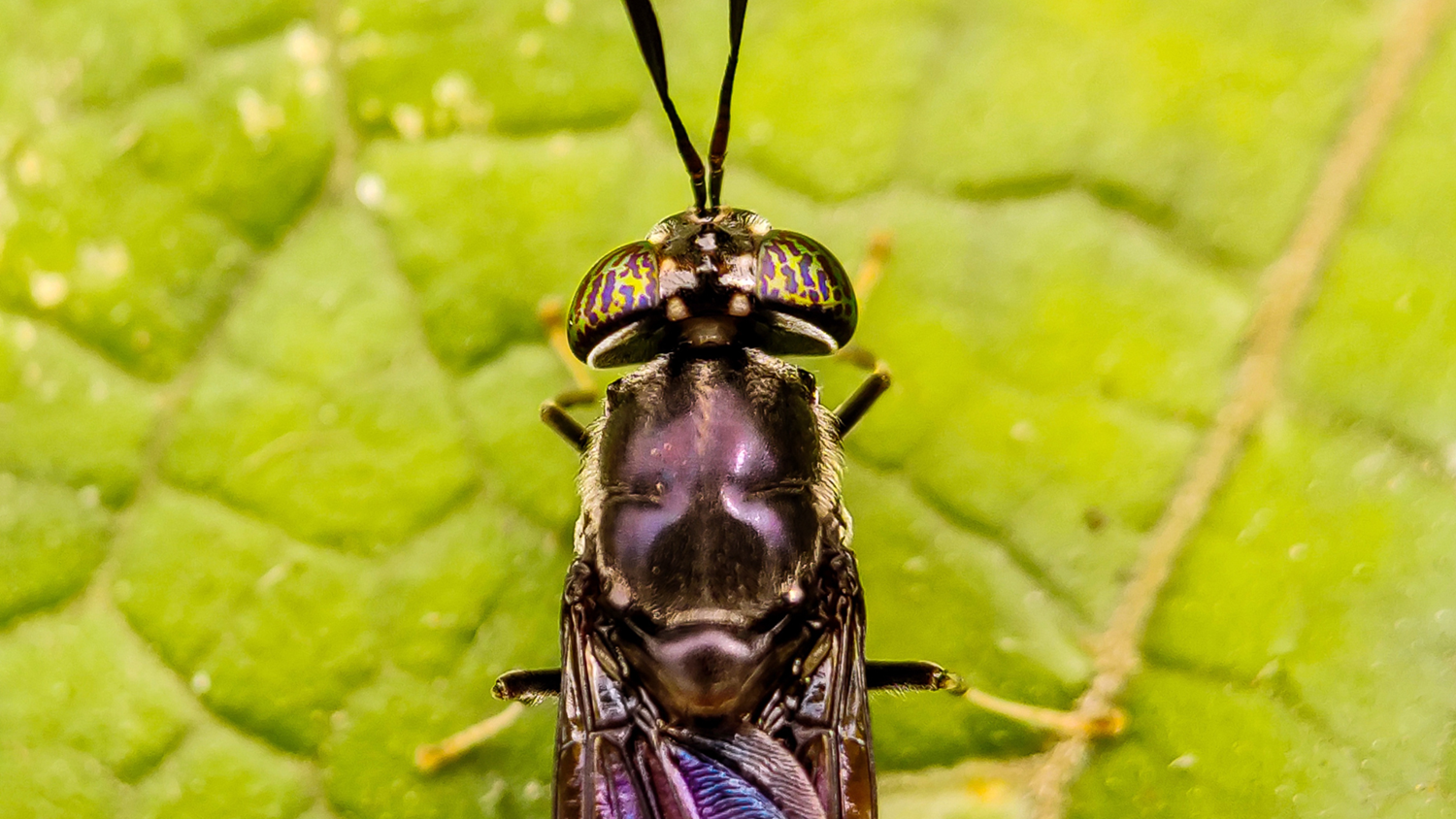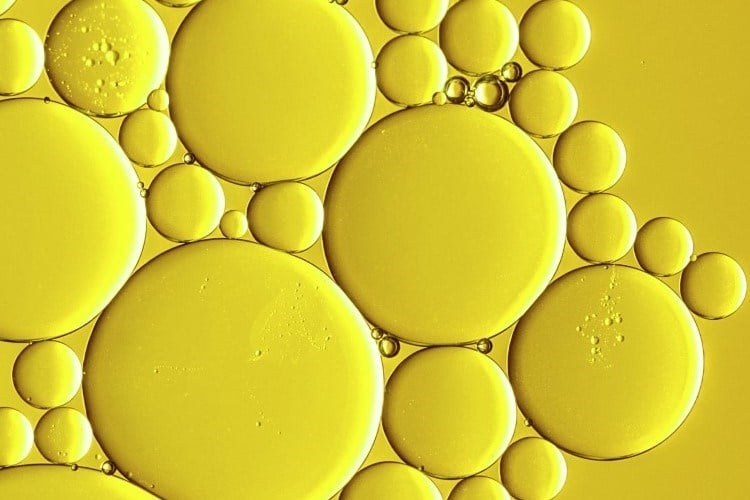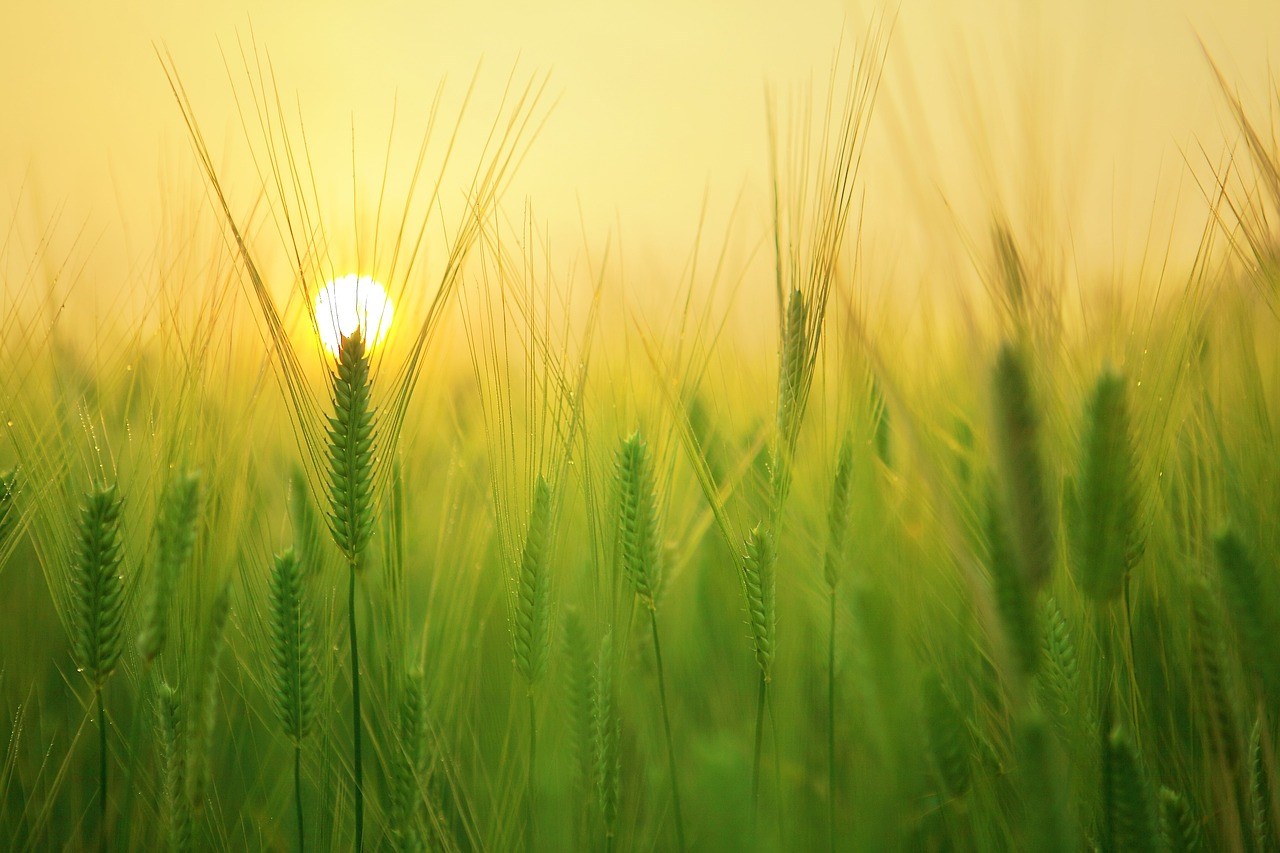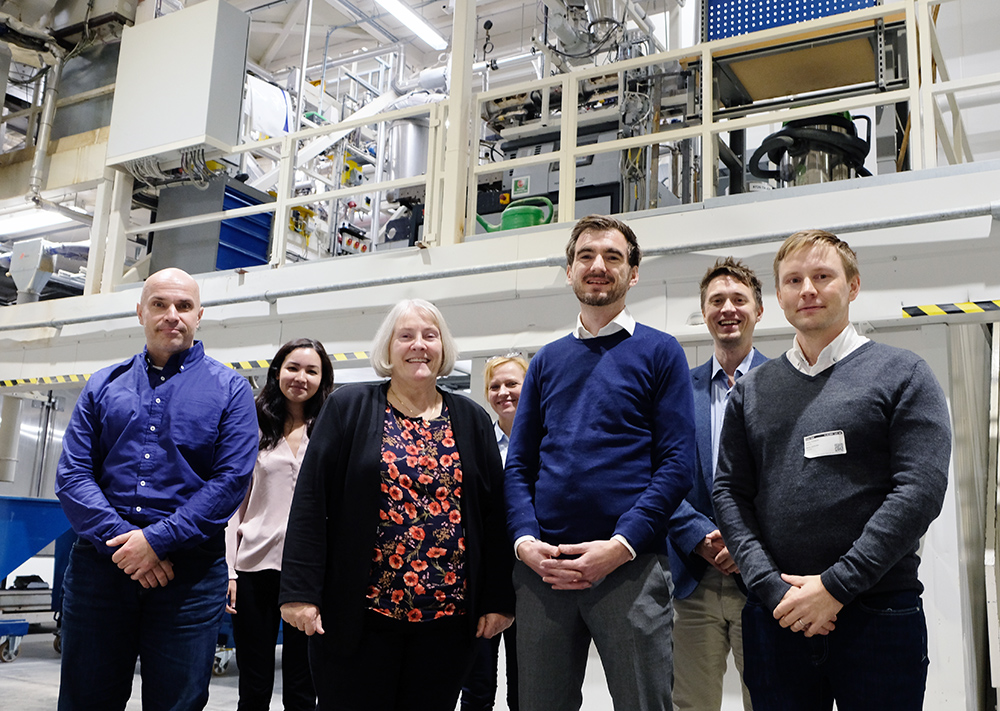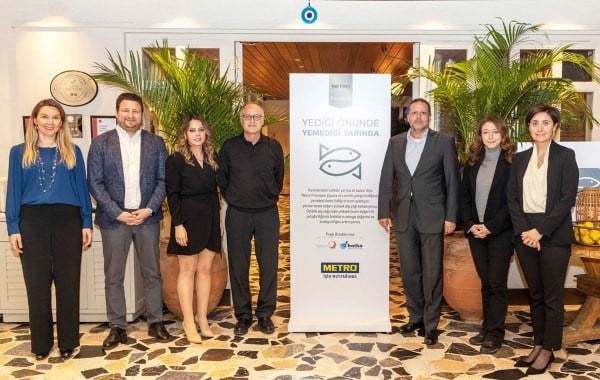
The novel ingredient dilemma
Against a backdrop of a growing world population and a large projected increase in aquaculture production, the aquafeed domain needs to embrace novel ingredients. At Skretting, we have successfully used a handful of them, such as algal oils, insects, and single cell proteins, in our commercial feed. But for every success story, the truth is that there are many other ingredients that have been tried, tested, and then ruled out for reasons ranging from regulatory issues to poor economics. In fact, we have evaluated over 200 ingredient combinations to date, and many have not survived to have their tale told. Until now.
Back in 2017, Skretting Italy started a project called Acqua in Bocca, with the ambition to create innovative and sustainable products and solutions for their customers. For a marine feed, they considered a variety of raw materials on the basis of their environmental impact, and one of these was a meal made from unsold bread and cake, sourced from a local supplier located only 200km from their factory. This bakery byproduct also possessed nutrient values that closely matched what they were looking for. However, carbon neutral products understandably come at a premium -- and with Covid-19 sending shockwaves through the European economy at the time, the market was not ready for it.
In more recent times, Skretting Nigeria was exploring the possibility of incorporating locally-produced spent yeast from a brewery into a catfish diet. Besides supporting the brewery’s sustainability efforts, partially replacing high impact conventional ingredients such as soya with lower-carbon spent yeast would have resulted in significant savings, as well as a reduction of our scope 3 footprint. The project never came to fruition though, because the moisture level in the spent yeast was too high, and drying it for use would have negated the positive effects of the carbon reduction.
We need more ingredients with lower footprint to support growth, and de-risk in case of geopolitical tension and climate issues. They also give us larger flexibility in formulation.
It's not all doom and gloom though. Land animal proteins (LAPs) for use in fish feed were once forbidden in Europe, but this was lifted in 2013. Today, ingredients like blood meal and feathers are used in Skretting factories all over the world – North America, Chile, Australia, Spain, France and Italy, just to name a few. In fact, these ingredients have come to make up a very important resource in our basket, representing more than 10% of the ingredients used in Skretting’s feed globally. But regulatory reform doesn’t automatically mean that the market is waiting with open arms – efforts still need to be made to educate retailers and members of the public who remain skeptical towards the inclusion of LAPs.
One of the next battles that needs to be fought is on the wider acceptance of genetically modified (GM) ingredients in aquafeed. While this is a contentious topic, experts have argued that the use of genetically modified crops would not just ease the pressure on the supply chain, but they also present benefits such as increased nutritional value. Case in point: GM rapeseed oil, which is more nutritionally balanced than regular rapeseed oil and which also contains Omega-3, making it an alternative to fish oil. Skretting Chile and Skretting North America have in recent years made good progress with GM rapeseed oil from Nuseed. Skretting Norway on the other hand has undertaken to use GM rapeseed oil from Aquaterra, only if their customers want to have it included in their diets – despite it having been approved for use in fish feed by the Norwegian Food Safety Authority.
Innovating within novel ingredients is never a straightforward process. It is expensive and takes time. Many of these ingredients come from industries that are only just starting out, where costs are high and initial volumes are small. ‘The dilemma here is that start-ups need long term offtake agreements from feed manufacturers like us in order to get the funding they need to scale up. But it’s difficult for us to commit to long term offtake agreements as the markets are in constant flux,’ says Mette Lutcherath, Category Manager for Novel Ingredients in Skretting. ‘Nonetheless it’s important to continue innovating within novel ingredients. We need more ingredients with lower footprint to support growth, and de-risk in case of geopolitical tension and climate issues. They also give us larger flexibility in formulation.’
